Sitting at the crossroads of maritime traffic to and from the Atlantic Ocean and along the eastern seaboard, the sanctuary area has been transited over the centuries by many ships, some of which have suffered tragic accidents. Maritime heritage, however, extends beyond shipwrecks to include the recording of our maritime history, the preservation of archaeological artifacts, and an understanding of the cultural landscape.
The National Marine Sanctuaries Act mandates the identification, management, and protection of submerged archaeological sites within the sanctuaries. Under the National Historic Preservation Act, six sanctuary sites encompassing seven shipwrecks have been listed on the National Register of Historic Places.
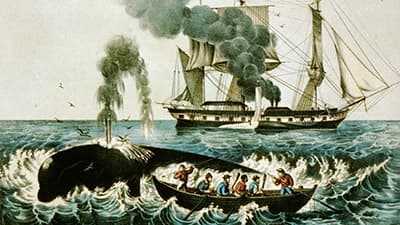
Maritime History
Where whales now swim, mastodons once roamed. The maritime history of the area starts after the last Great Ice Age and encompasses human exploration and settlement, industrial development, and change during years of both war and peace.
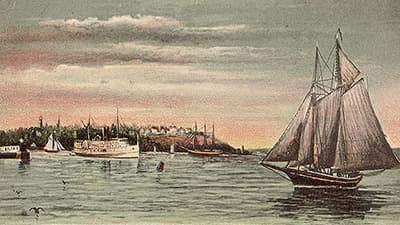
Maritime Cultural Landscapes
The wide range of human relationships with the ocean and how these connections support and define the communities along the coast contribute to the creation of maritime cultural landscapes.
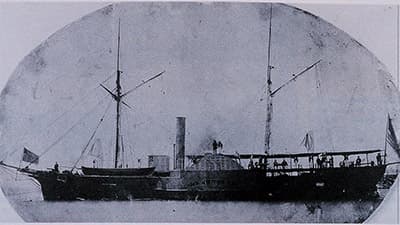
Discovery of Stellwagen Bank
Stellwagen Bank takes its name from the hydrographer who first mapped the entirety of the bank in 1854-1855. The story of its mapping illustrates the use of evolving technologies and the importance of understanding the marine environment.
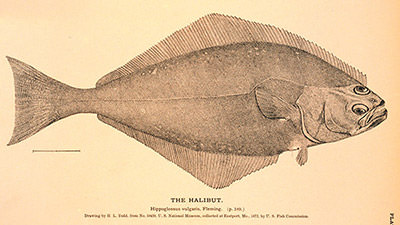
History of Marine Animal Populations
Over the course of several hundred years, humans have drastically changed the make-up of the animal communities in the region, with halibut as the poster child for this sad story.
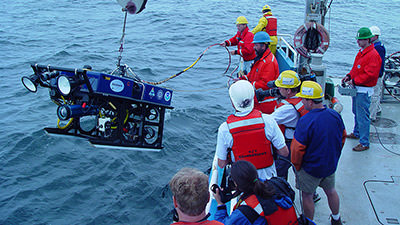
Maritime Archaeology
Learn how archaeologists working with Stellwagen Bank National Marine Sanctuary use various types of technology, such as sonar and ROVs, to locate and image shipwrecks on the seafloor.
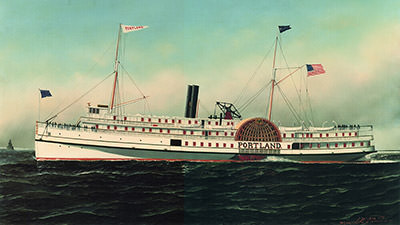
Shipwrecks
Numerous shipwrecks, time capsules of the nation's maritime heritage, sit on the sanctuary's seafloor. Sanctuary staff work to find, document, and protect these underwater resources and bring their stories to the public.
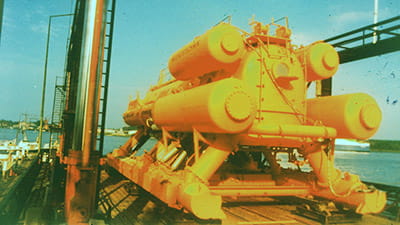
Helgoland
Before there was an Aquarius habitat in the Florida Keys, a saturation diving habitat set up operations on Jeffreys Ledge. The Helgoland mission lasted only a few months and failed in some of its science goals, but proved that living underwater was possible in northern waters

